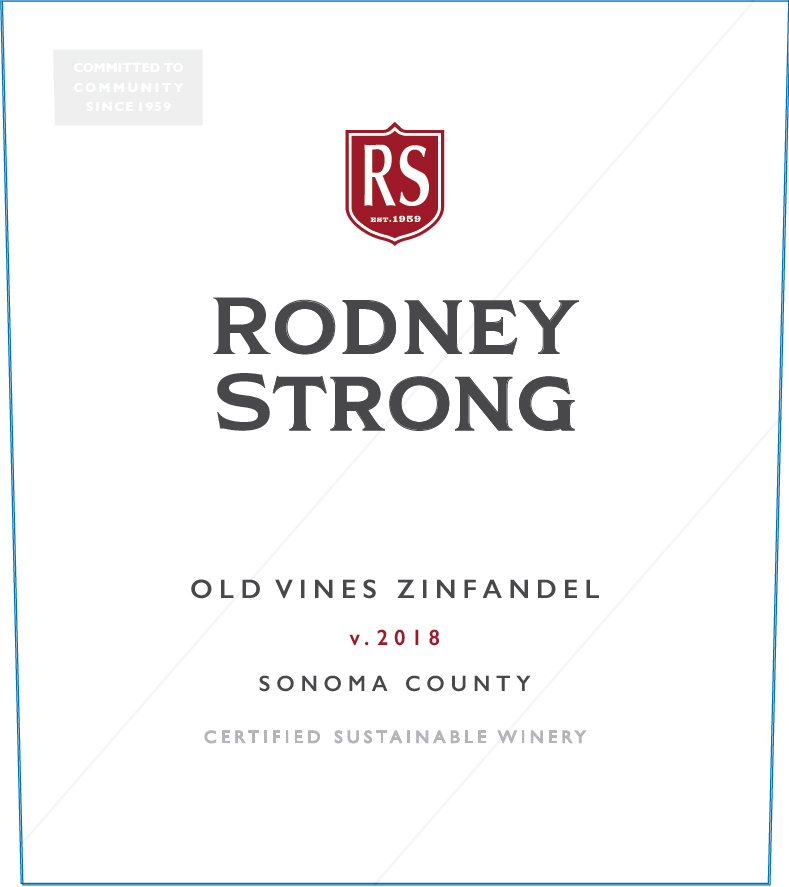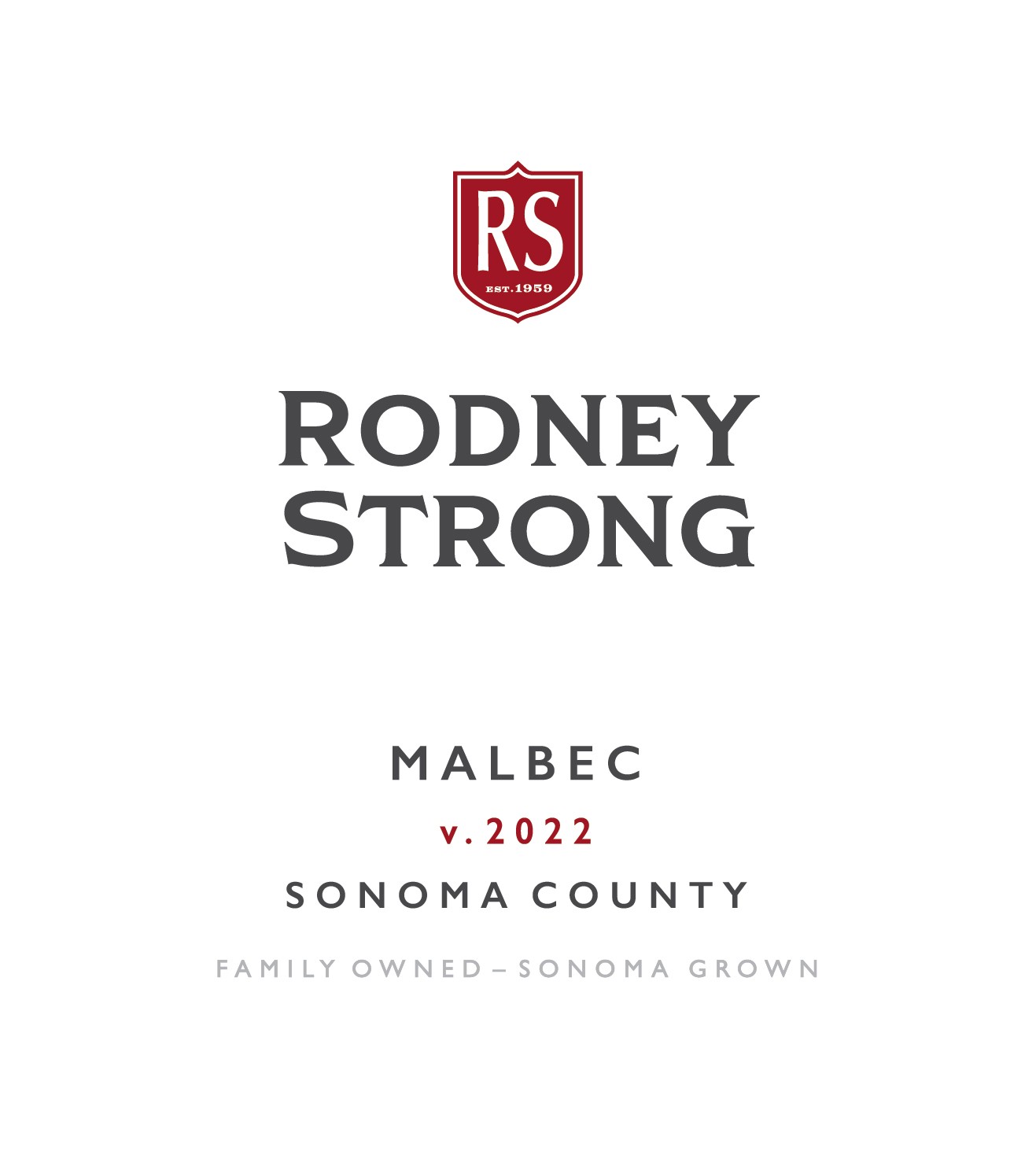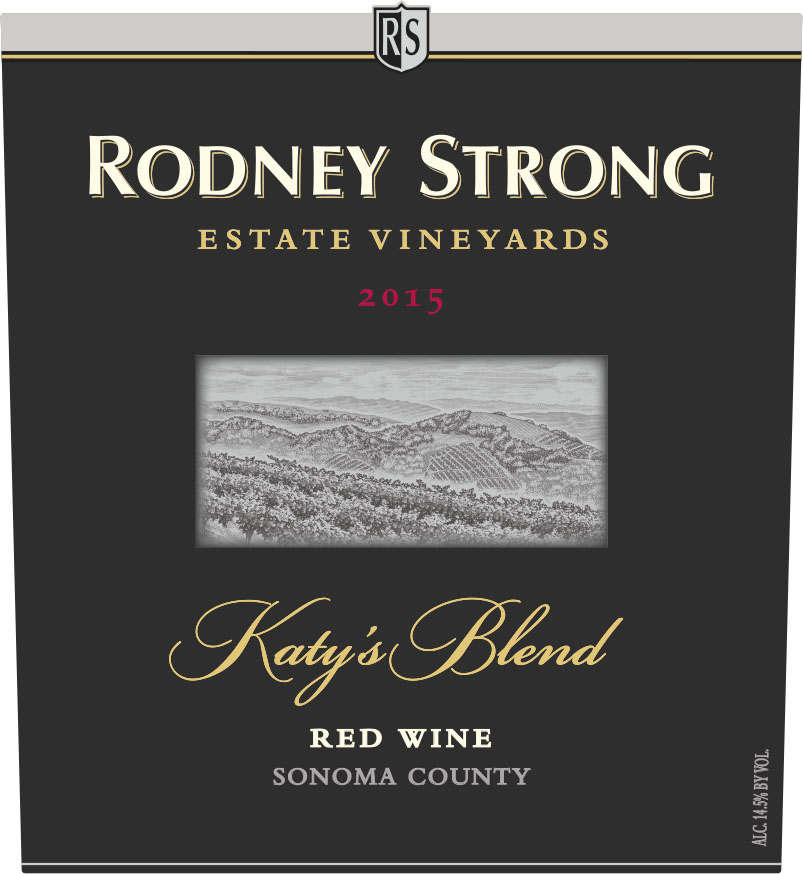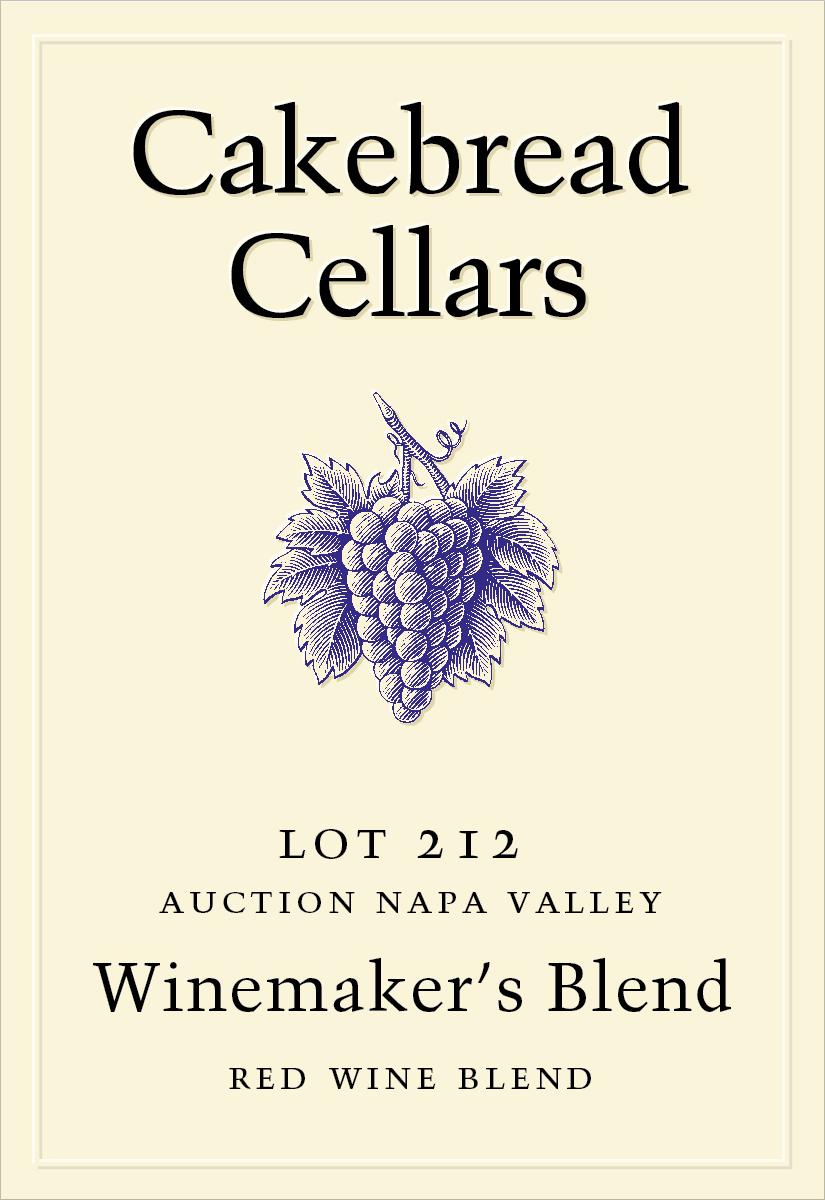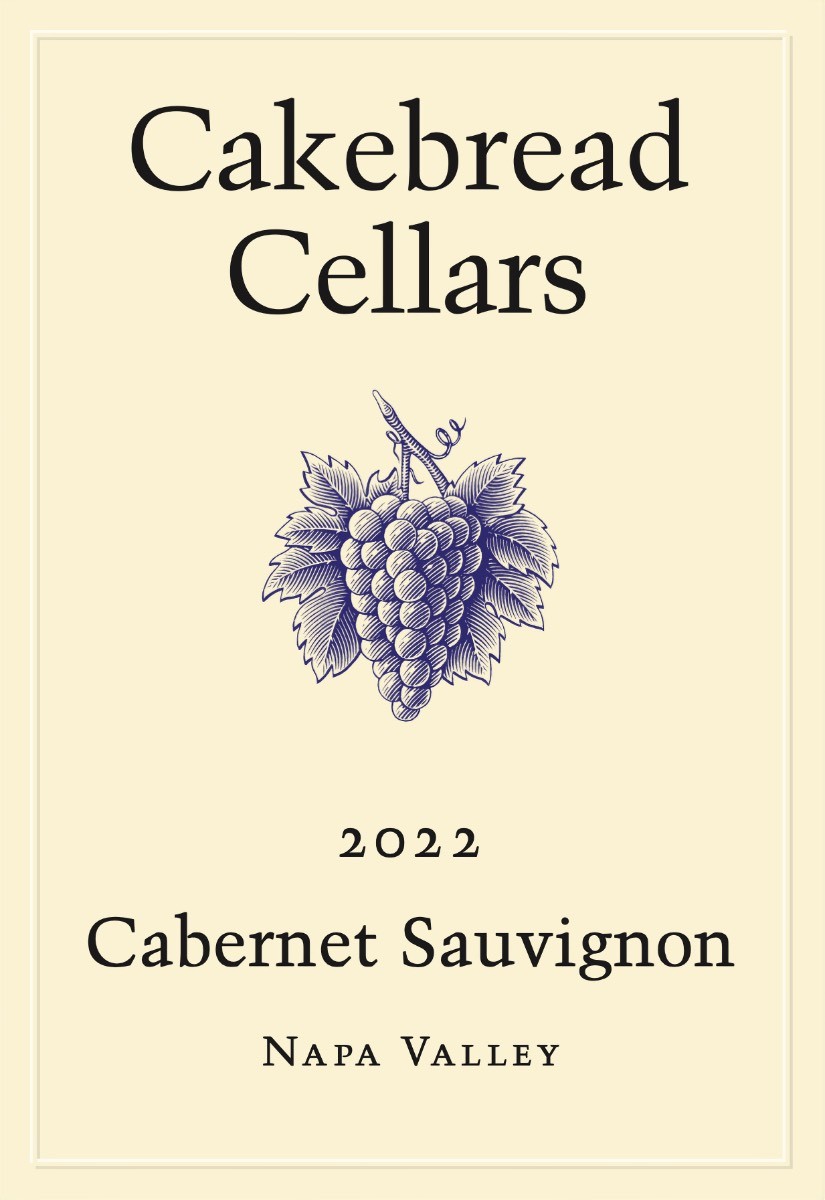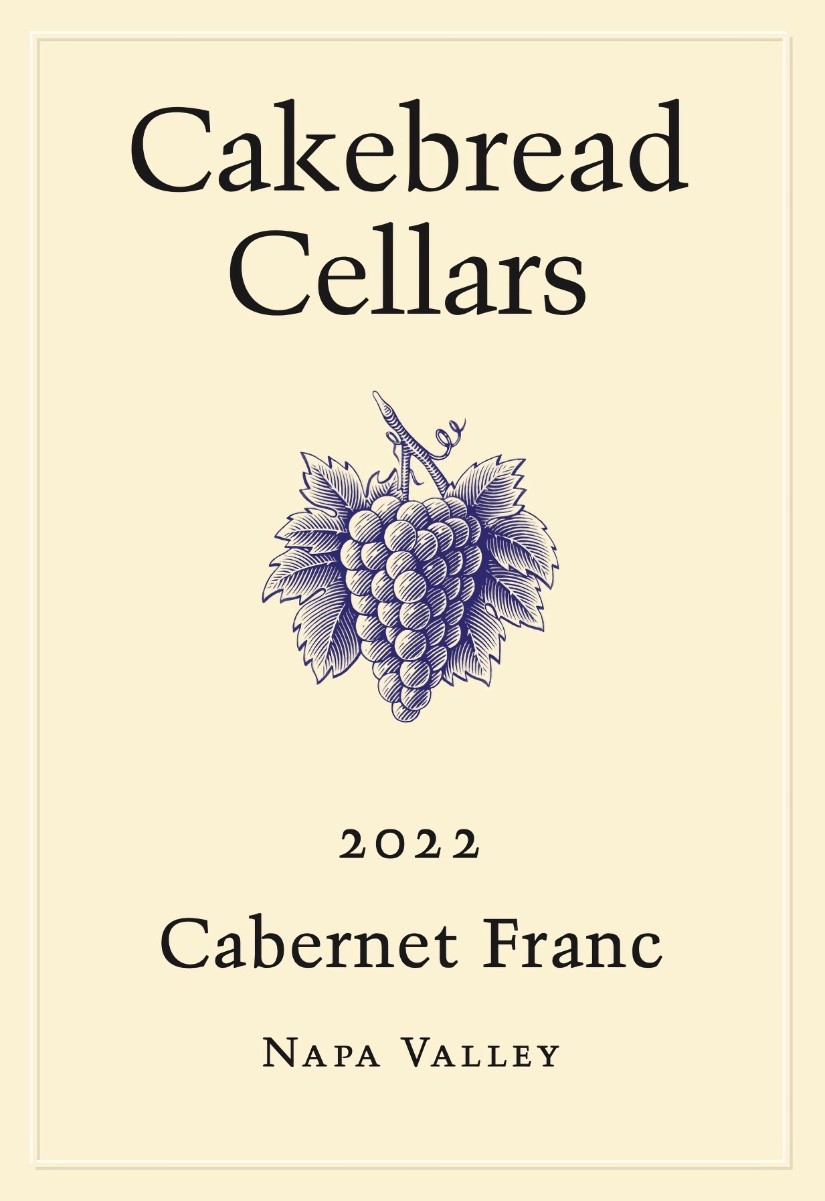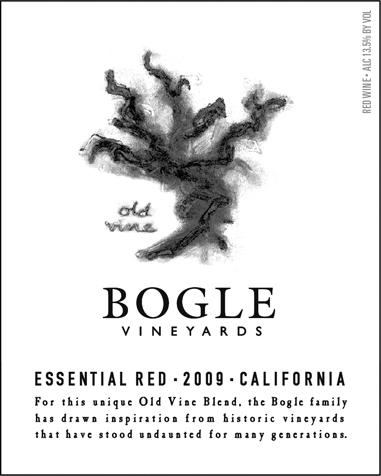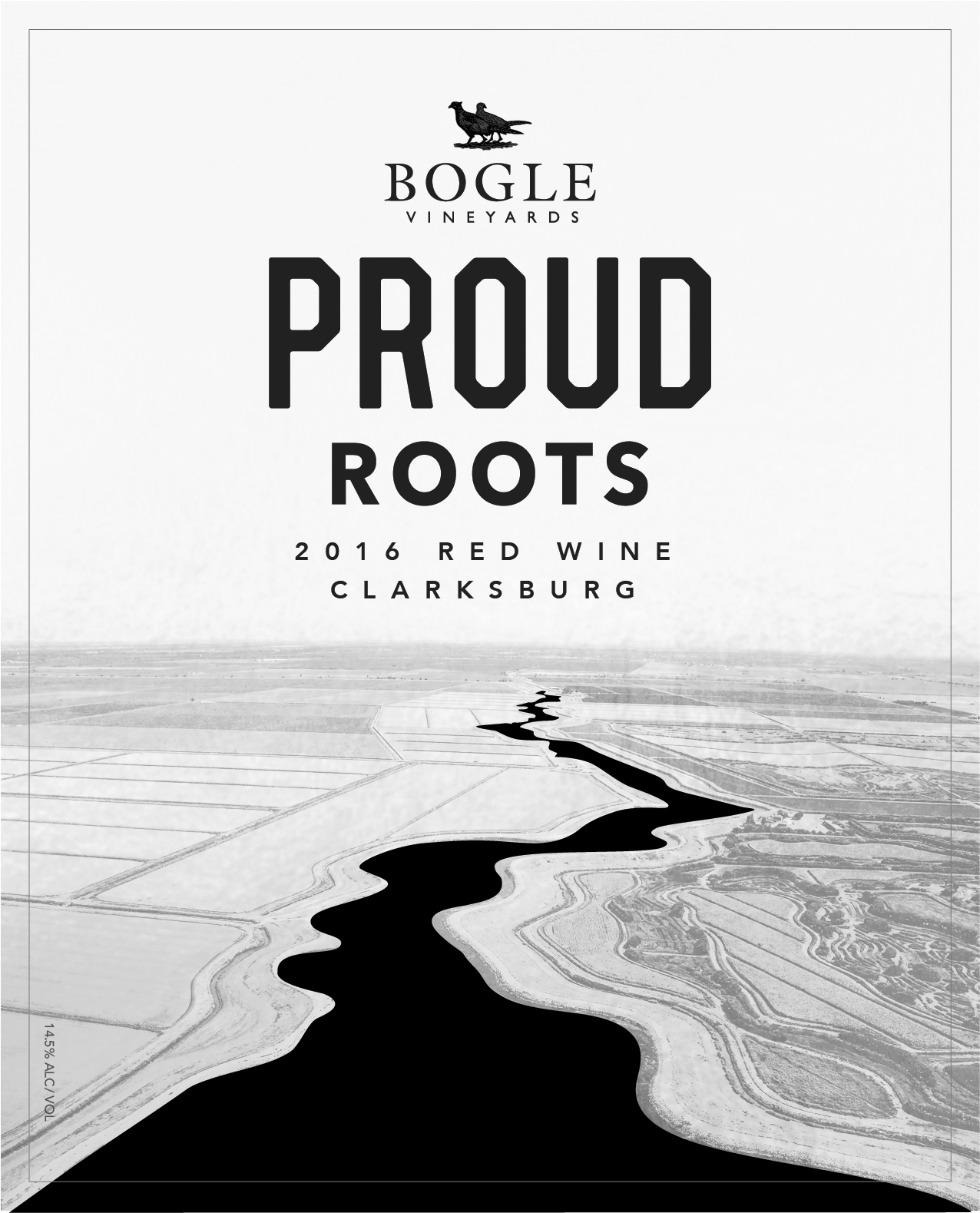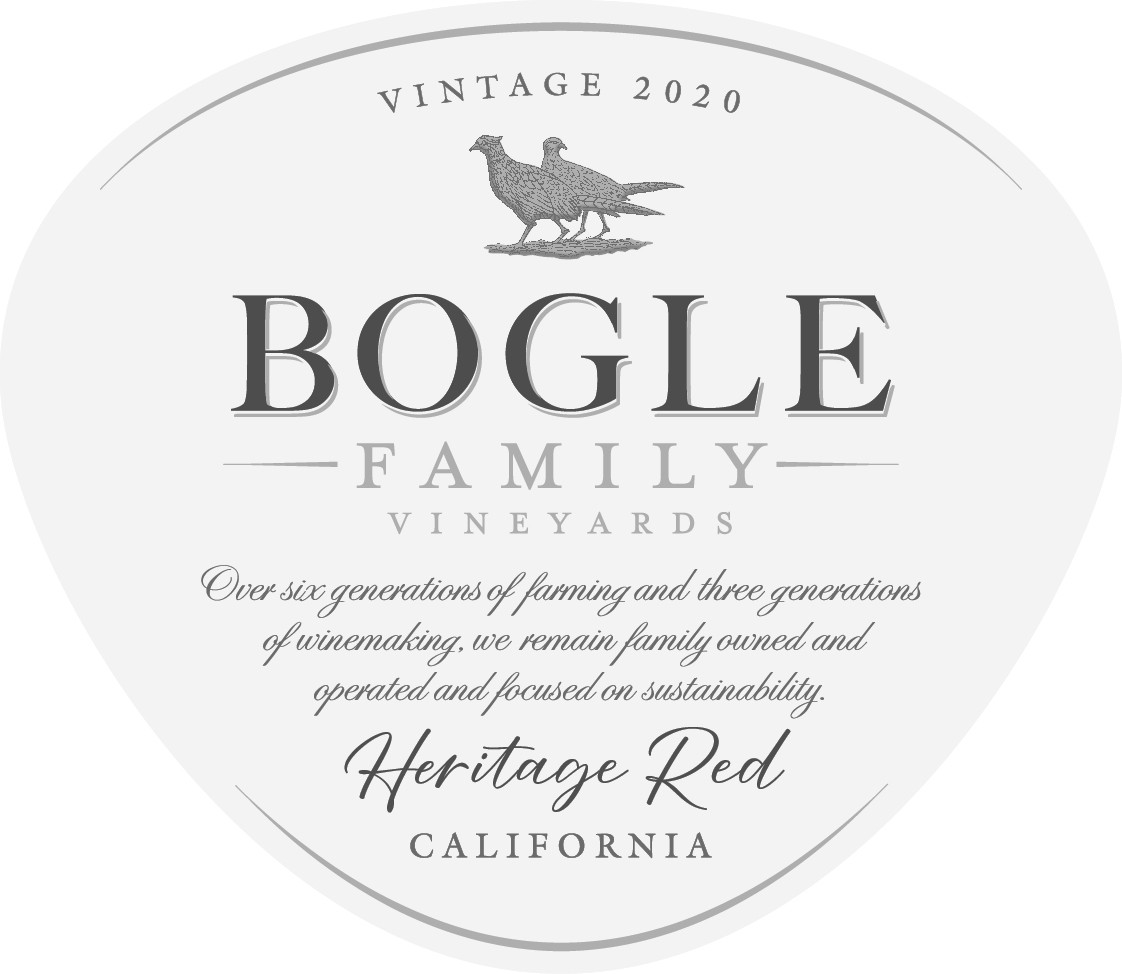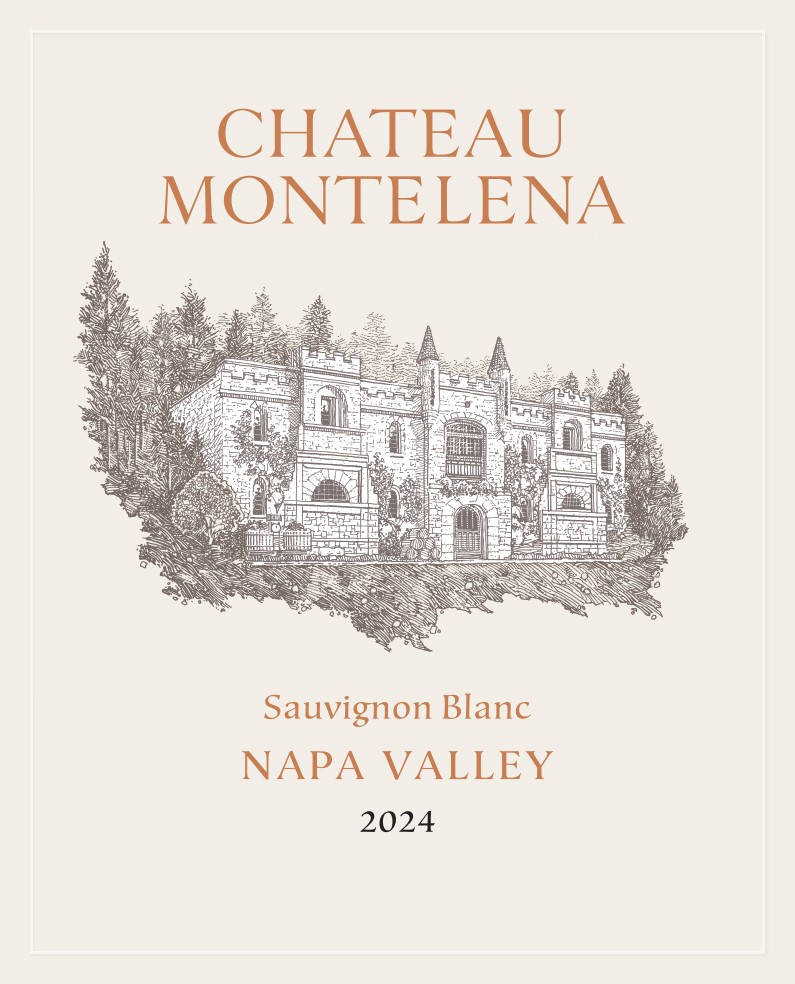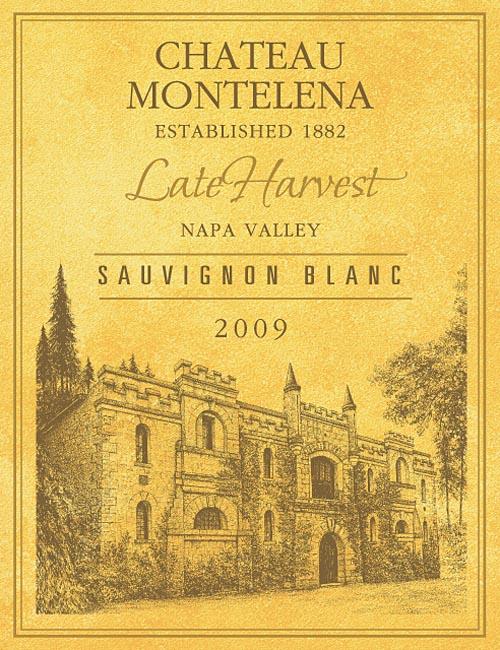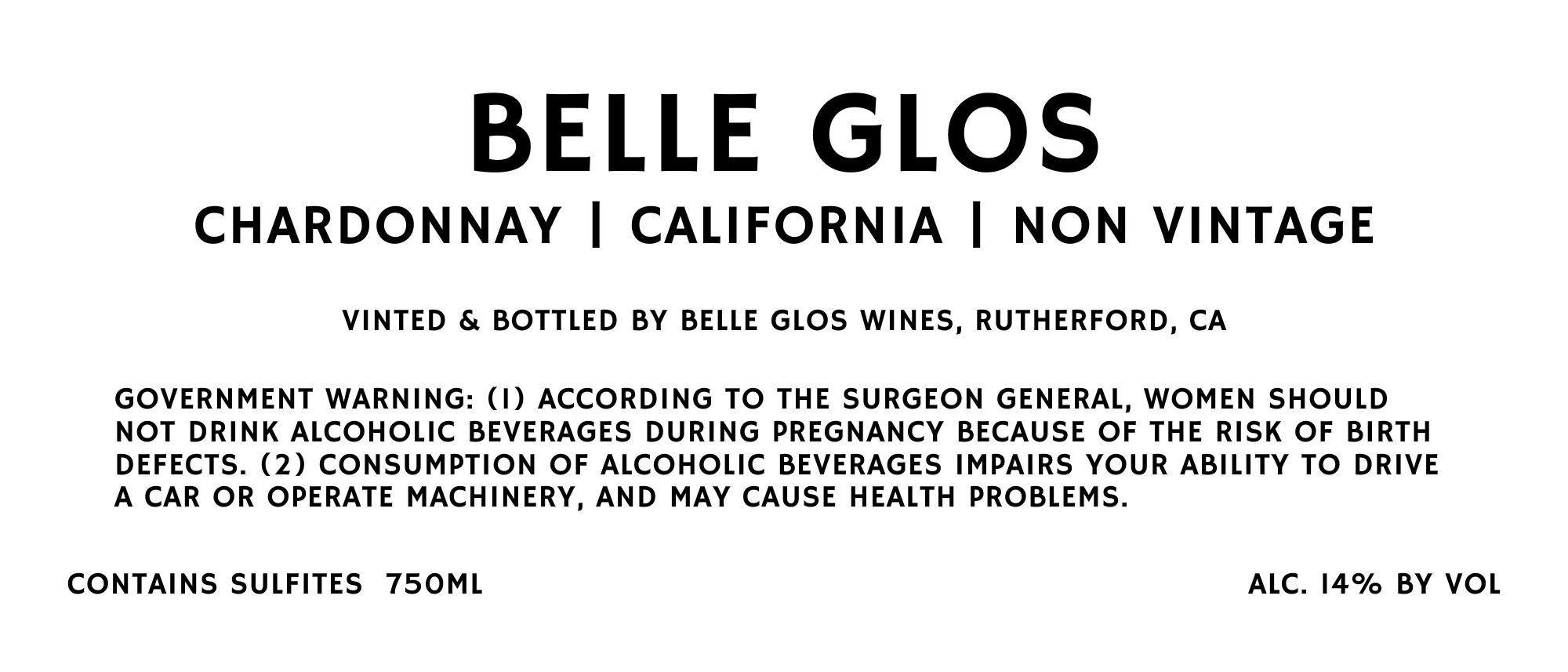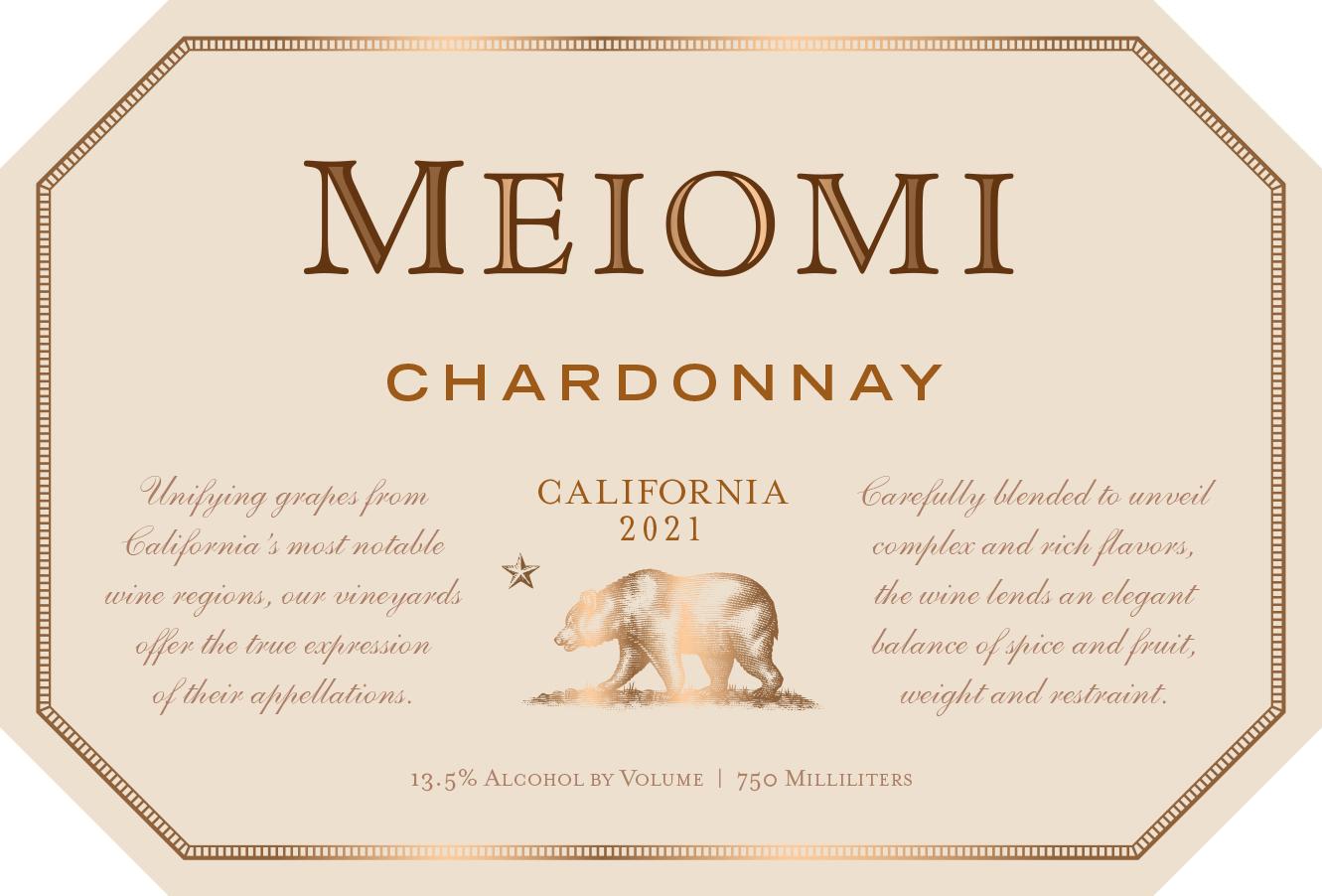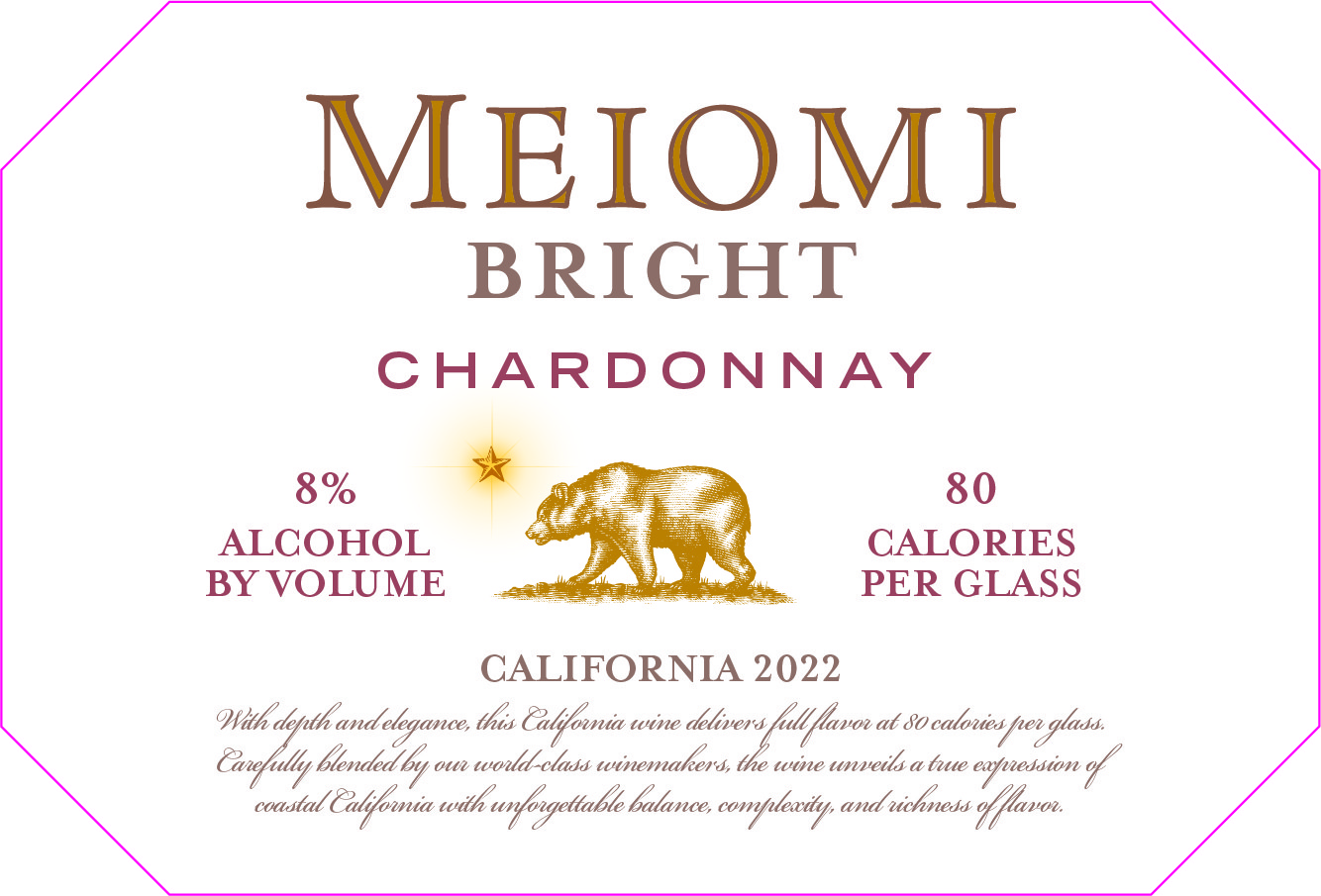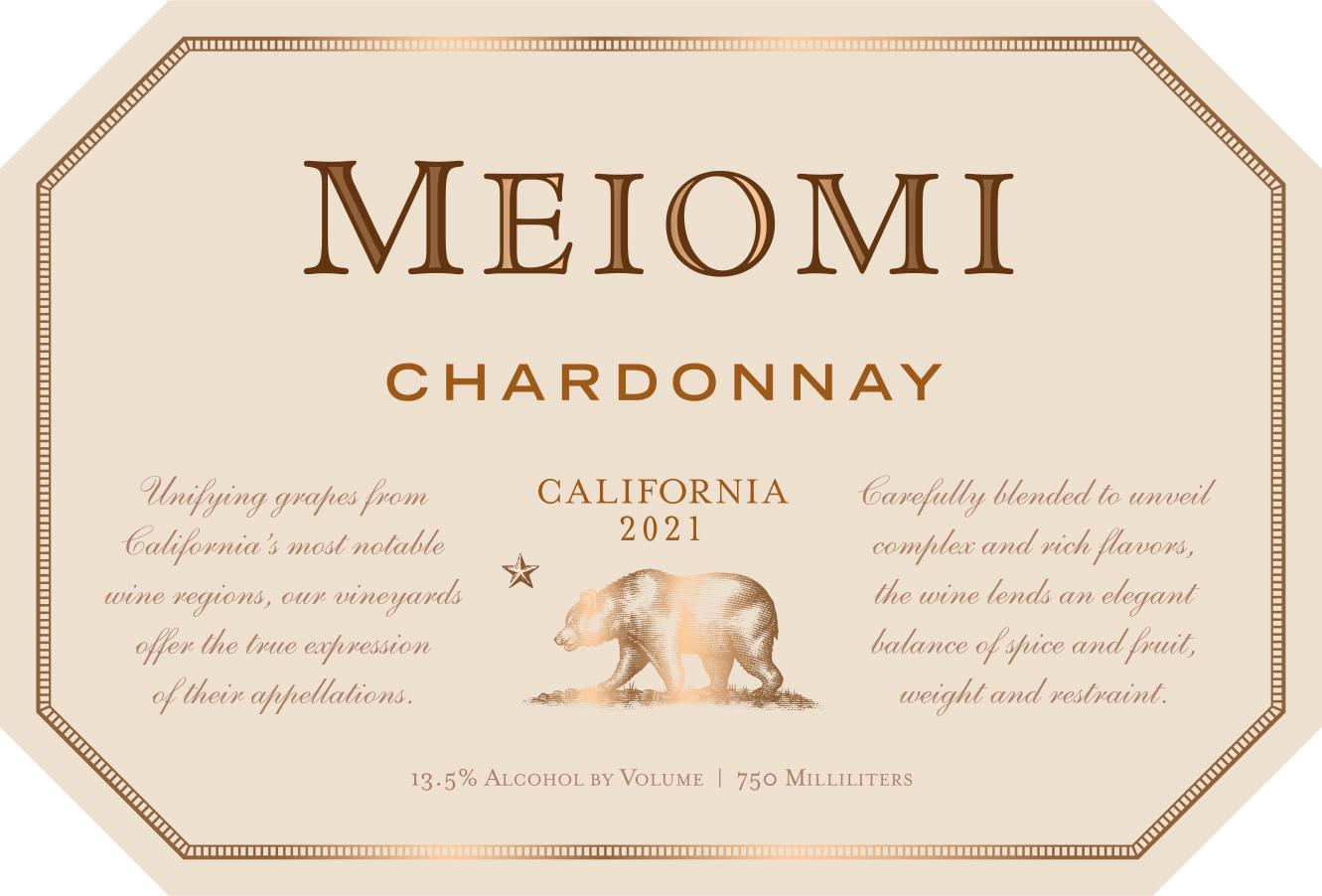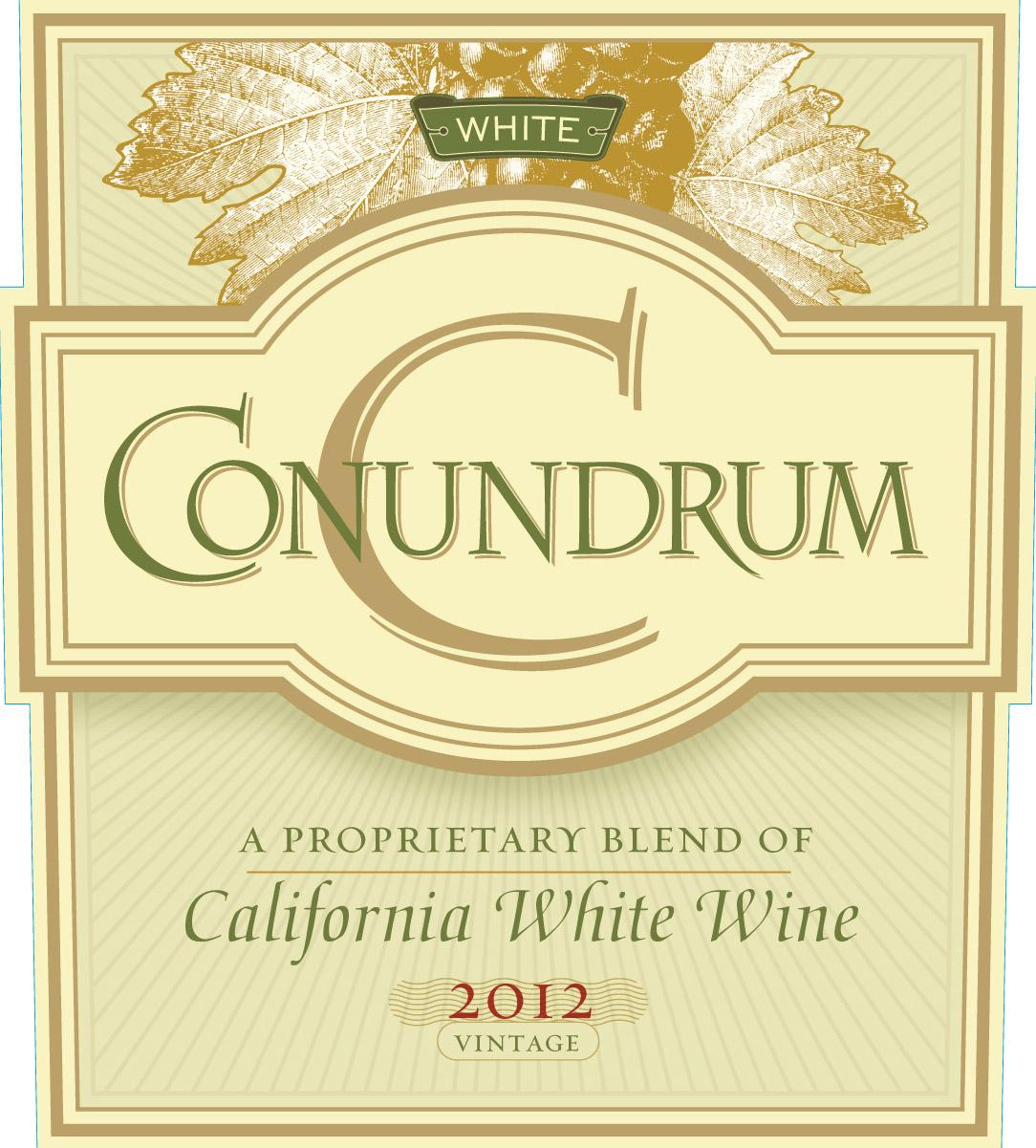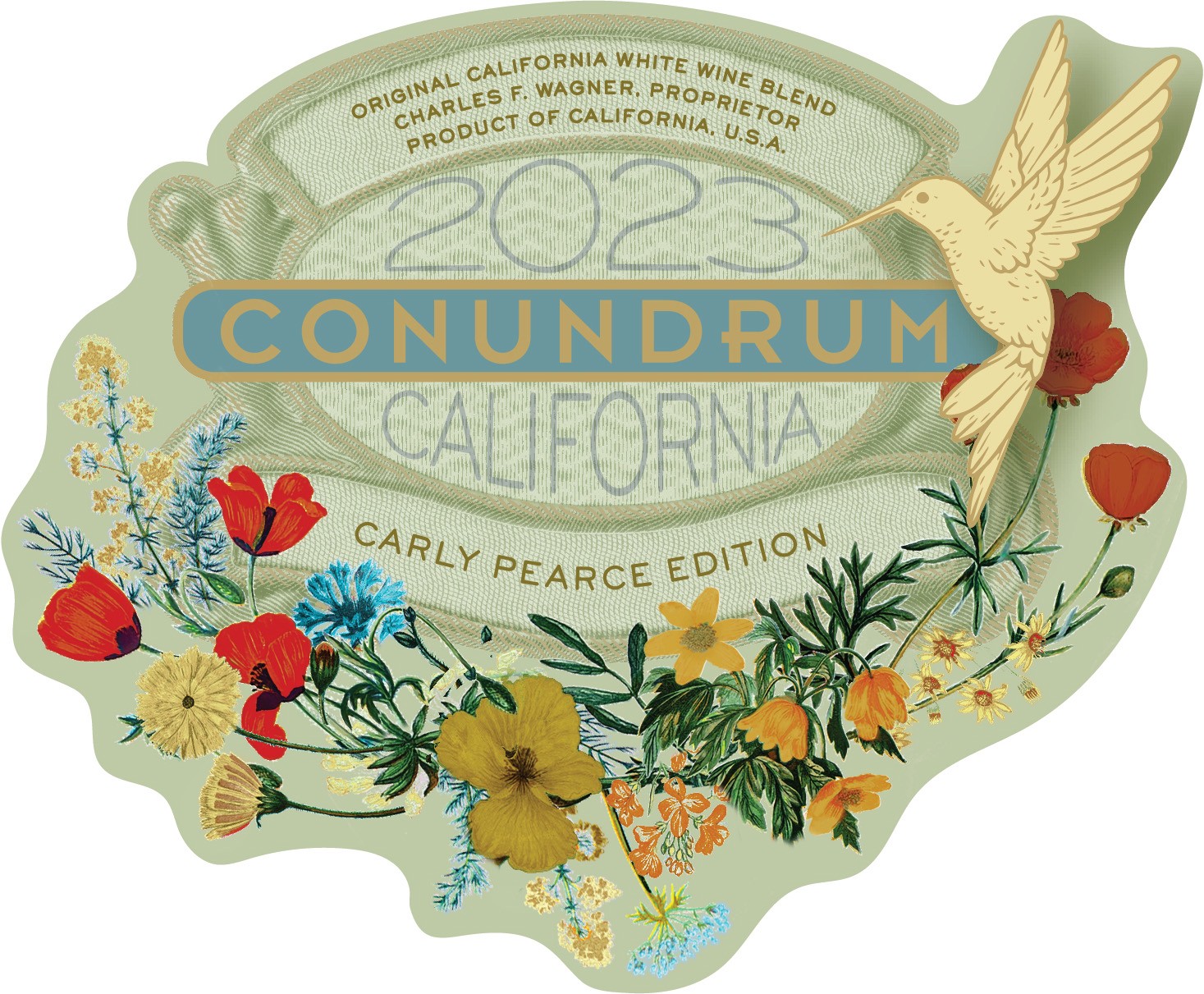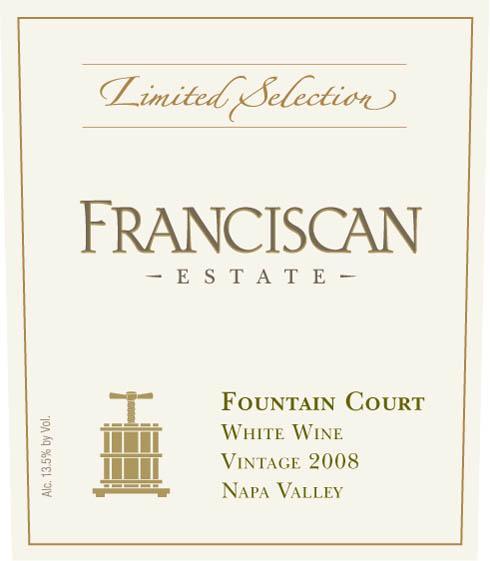Terroir of California
California's wine regions stretch nearly 700 miles from north to south, offering a diverse tapestry of climate and soil. The state enjoys a Mediterranean climate, with warm, dry summers and mild, wet winters, but local climates can vary. Coastal vineyards benefit from the cooling effects of the Pacific Ocean, making them perfect for growing Pinot Noir and Chardonnay. Inland areas, protected by mountains, are hotter and better suited for bold grapes like Zinfandel and Cabernet.
Rain is more common in the north and lessens as you travel south, creating unique microclimates. The region's geological history has resulted in varied soils, from volcanic ash to sandy loams, even within a single vineyard. This mix of climate and soil allows California to produce a wide range of wine styles, each reflecting its unique “sense of place,” from the lush North Coast to the dry Central Valley.
Notable Wineries in California
California's winemaking legacy is rich with history and innovation, reflected in these iconic wineries:
-
Buena Vista Winery (Sonoma): California's first commercial winery, established in 1857, introduced European techniques and remains a historic site.
-
Charles Krug Winery (Napa Valley): Founded in 1861, this pioneer of Napa's wine scene opened California's first tasting room.
-
Inglenook (Rutherford, Napa Valley): Established in 1879, this winery now produces premium Cabernet Sauvignon under Francis Ford Coppola's ownership.
-
Schramsberg Vineyards (Napa Valley): Known for its sparkling wines, serving them at President Nixon's 1972 “Toast to Peace.”
-
Robert Mondavi Winery (Napa Valley): Since 1966, it has been a leader in California’s fine wine movement with a focus on quality and education.
Sustainable Winemaking in California
California is a leader in sustainable wine production, with over 65% of its vineyard land certified for sustainability. This commitment is evident in the widespread adoption of programs like Certified California Sustainable Winegrowing (CCSW), Lodi Rules, and Napa Green. In practice, sustainability means innovative water recycling, drip irrigation, and dry-farming techniques to conserve precious resources. Many vineyards plant cover crops to enhance soil health naturally, reducing synthetic inputs. Biodiversity is encouraged through natural pest control methods like owl boxes and insectaries.
The focus on renewable energy is strong, with solar panels and even wind turbines powering operations. Packaging innovations like lighter bottles and aluminum cans further reduce the carbon footprint. These efforts ensure that California wine is not only of high quality but also environmentally friendly, protecting vital resources for future generations and aligning with global sustainability standards.
Wine Tourism in California
California's wine tourism offers a rich tapestry of experiences, drawing millions annually to regions like Napa Valley and Sonoma County.
Visitors can explore diverse tasting rooms, from grand historic estates to modern wineries, each offering samplings of the state's renowned varietals like Cabernet Sauvignon and Chardonnay.
Scenic drives and unique tours, such as the Napa Valley Wine Train and hot-air balloon rides, provide breathtaking views of vineyards.
Wineries are expanding their offerings with activities like blending seminars, art exhibits, and concerts, enhancing the wine tourism experience.
Sustainability is a cornerstone, with many wineries adopting eco-friendly practices, ensuring that the enjoyment of California wines aligns with environmental stewardship.
Whether seeking luxury or adventure, California's wine regions cater to all preferences, emphasizing a deep connection to the land and a commitment to quality.









